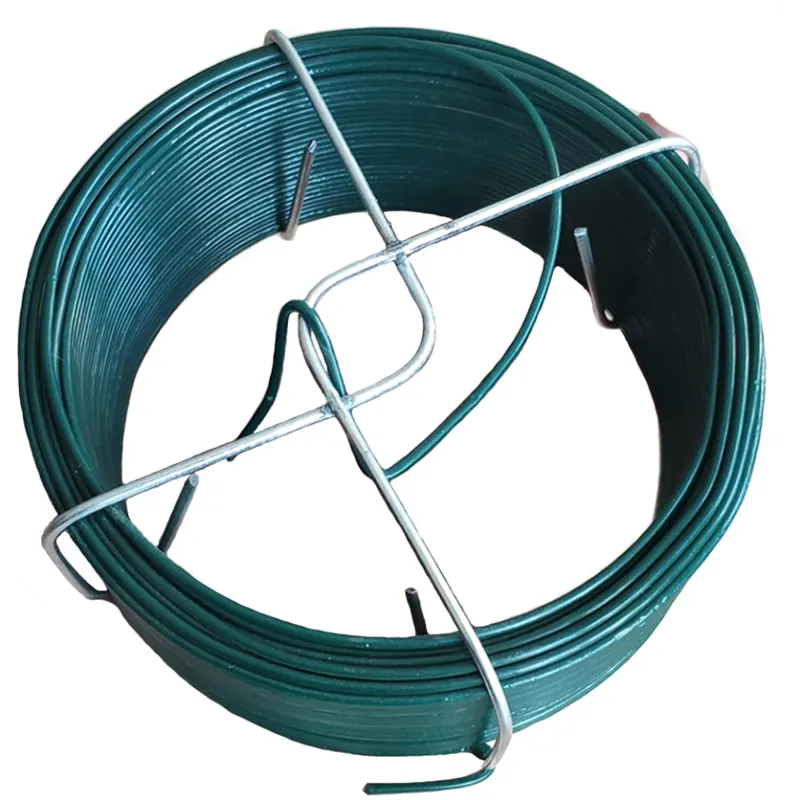-
 Phone:
Phone: -
 Email:
Email:

Effective Strategies for Minimizing Rock Falls and Ensuring Safety in Vulnerable Areas
How to Prevent Rock Falls Strategies for Safety and Mitigation
Rock falls are a significant hazard in mountainous and hilly regions, posing risks to human life, infrastructure, and the environment. These natural events occur when rocks or boulders detach from cliffs and slopes, often triggered by factors such as weathering, earthquakes, or human activities. To mitigate these risks, proactive measures can be taken to prevent and manage rock falls effectively. Here, we outline several strategies for prevention and safety.
1. Geotechnical Assessment
The first step in preventing rock falls is conducting comprehensive geotechnical assessments of vulnerable areas. Professionals can evaluate the stability of rock formations and identify potential hazards. This process often involves field surveys, geological mapping, and the use of technologies such as LiDAR (Light Detection and Ranging) to create a detailed topographical map. By understanding the geology and conditions of the landscape, measures can be implemented to stabilize slopes and reduce the likelihood of rock falls.
2. Slope Stabilization Techniques
After assessing the risk, various slope stabilization techniques can be utilized to enhance the stability of susceptible slopes. These methods may include
- Retaining Walls Constructing retaining walls can provide physical support to prevent rocks from sliding down. - Rock Bolting Installing rock bolts can help anchor loose rock to stable rock masses, effectively securing them in place.
- Soil Nailing This technique involves inserting steel reinforcing bars into the ground, increasing the soil’s stability by improving its shear strength.
- Shotcrete Also known as sprayed concrete, shotcrete can be applied to steep slopes to create a protective layer that prevents erosion and rock movement
.how to prevent rock falls

3. Vegetation and Erosion Control
Planting vegetation can significantly help prevent rock falls by stabilizing soil and rock through root systems. Deep-rooted plants can anchor the soil, while their foliage can reduce the impact of rainfall on rock surfaces, minimizing erosion. Additionally, implementing erosion control methods, such as installing erosion control blankets or using retaining structures, can help manage runoff and reduce the likelihood of rock dislodgment.
4. Monitoring and Warning Systems
To prevent accidents due to rock falls, the implementation of monitoring and warning systems is essential. Technologies such as inclinometers and GPS sensors can be used to monitor ground movement in real-time, allowing for early detection of potential rock falls. Furthermore, establishing warning signs and barriers in high-risk areas can alert the public and prevent access during hazardous conditions.
5. Public Awareness and Education
Lastly, raising public awareness about the dangers of rock falls and the importance of safety measures is crucial. Educational programs can inform residents, tourists, and construction workers about risk areas, safe practices, and emergency response strategies. By fostering a culture of safety, communities can better prepare and react to potential rock fall events.
Conclusion
Preventing rock falls requires a combination of scientific assessment, engineering solutions, environmental management, and public awareness. Through geotechnical assessments, slope stabilization techniques, vegetation control, monitoring systems, and education, we can mitigate the risks associated with rock falls. By prioritizing safety and embracing proactive measures, we can protect lives, infrastructure, and the natural environment from the devastating impacts of rock slides.
-
Reinforce Your Projects with Versatile Hexagonal Wire MeshNewsSep.12,2024
-
PVC WireNewsSep.12,2024
-
Maximize Your Closet Space with Clothes Hanger WireNewsSep.12,2024
-
Enhance Safety and Stability with Premium Rock Netting SolutionsNewsSep.12,2024
-
Bucket Handle WireNewsSep.12,2024
-
Baling Wire: Your Ultimate Solution for Securing and BundlingNewsSep.12,2024
-
What’s the Cost of Securing Your Property? Breaking Down Barbed Wire Fence PricesNewsAug.30,2024








